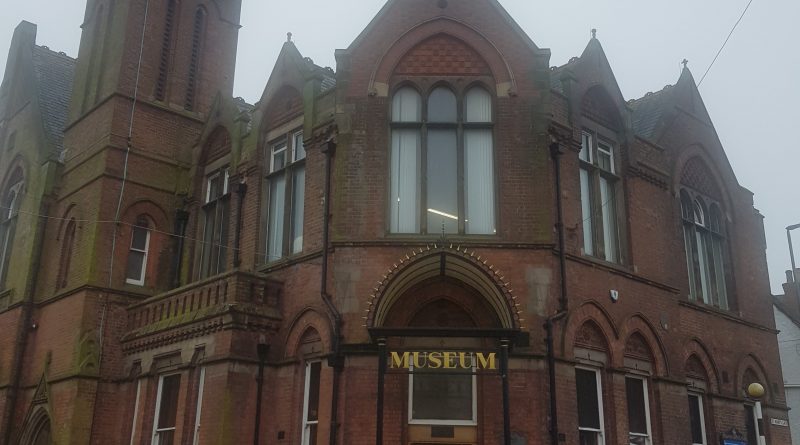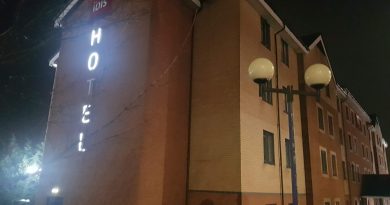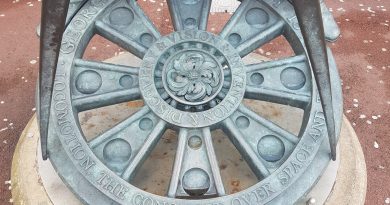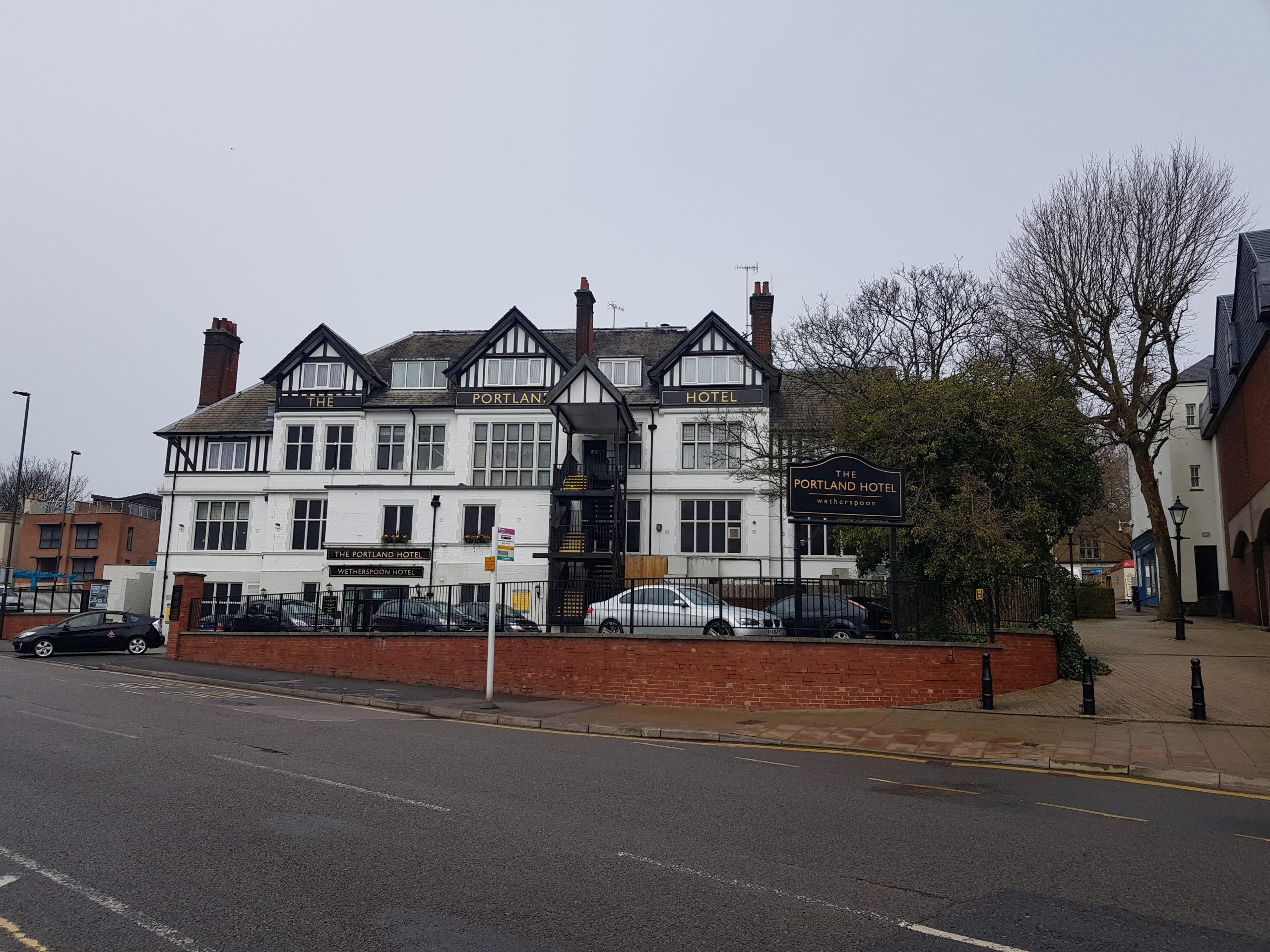Chesterfield – Chesterfield Museum and Art Gallery
This charming museum and art gallery in Chesterfield is free of charge and I was fortunate that I had time to visit as it’s opening hours are a little limited and they only just overlapped with when I was in the town.
One of the main rooms of the museum, which was formerly the town’s library until a new building was constructed in the 1980s.
There are some books for sale here, but what’s more exciting is that this is an original cart from when the building was used as a library. Yes, I found this exciting. Sorry.
This is a longcase clock which was given to Chesterfield Council by Mrs A Hadfield, who slightly complexly was the mother of Councillor Hadfield and the donation was in honour of her late husband Walter. A member of the museum staff notes on their web-site that this is the loudest of all the exhibits they have, as well as being just a little erratic in terms of its time-keeping.
Apparently this is a ground paddle and is a mechanism which is located next to the top gate of a lock. It is from Chesterfield Canal and it allowed boaters (or whatever they’re called) to fill the lock with water.
Something quite unique, these are glass tubes owned by George Stephenson, the Father of the Railways. Their function was for cucumbers to grow straight, a simple little piece of technology.
These are from the local packaging company, Robinsons, who are still trading today and who made all of the Smarties tubes, amongst many other things.
This is the largest item in the museum’s collection and one which has some heritage. It’s from the Church of St Mary and All Saints over the road, which is also known as the Crooked Spire. It’s a windlass which was used during the church’s construction to lift heavy weights and people would have had to walk within in to get the wheel to turn. This was left in the church tower for many centuries and it was only removed in 1947 when they needed to make space to fit a new set of bells.
I hadn’t realised this, but the information board by these coins mentions that in the late sixteenth century the country started to run out of currency. So, local traders produced their own coins, or trade tokens, including the town’s Angel Inn.
All in all, a rather lovely museum and the staff there were welcoming and keen to engage. I also thought that it was a particularly well curated museum, as sometimes provincial museums can focus on a few topics which have no relation to each other, whereas here there was a complete history of the town with few obvious gaps other than perhaps their coverage of the World Wars. I fear that these sort of museums are very vulnerable to budget cuts, but hopefully it will continue for many more years to come.












